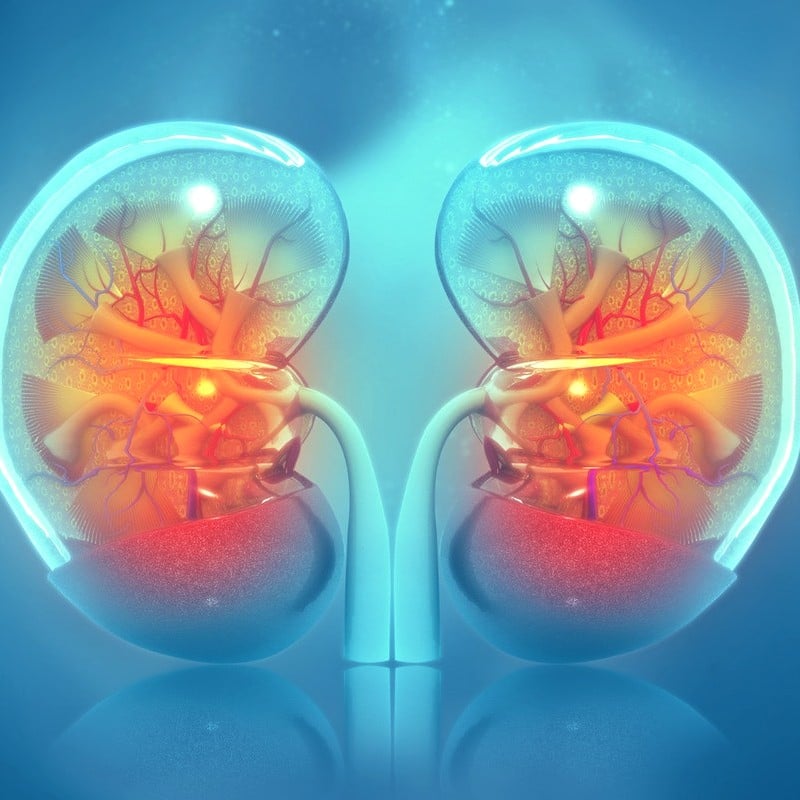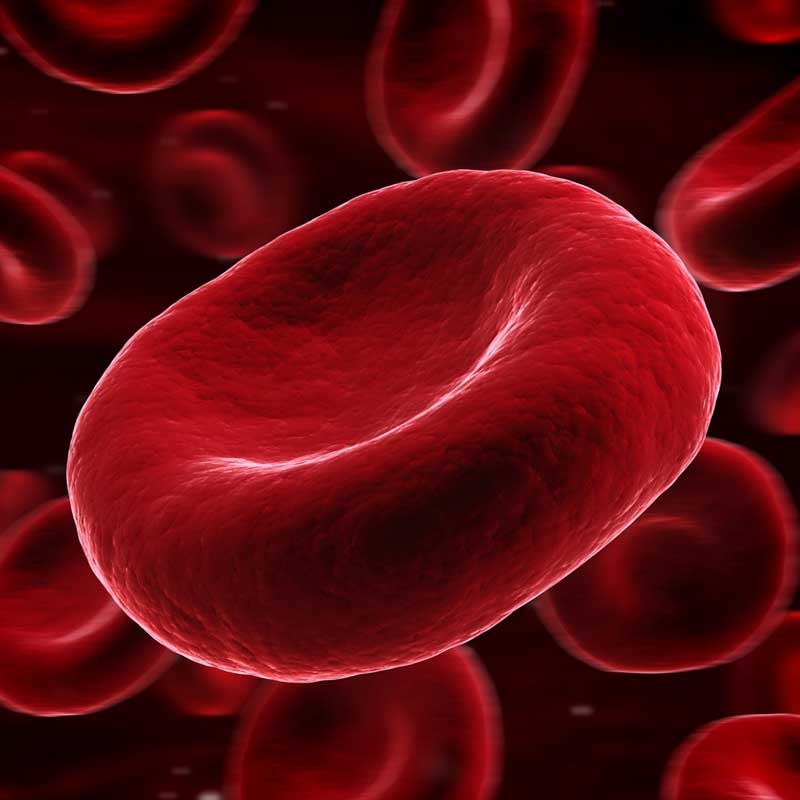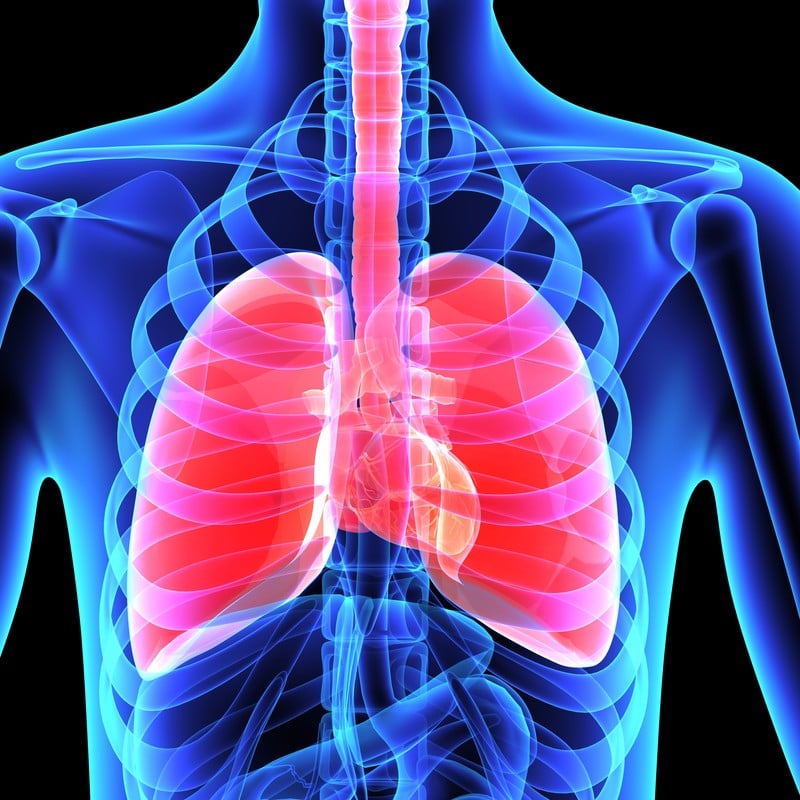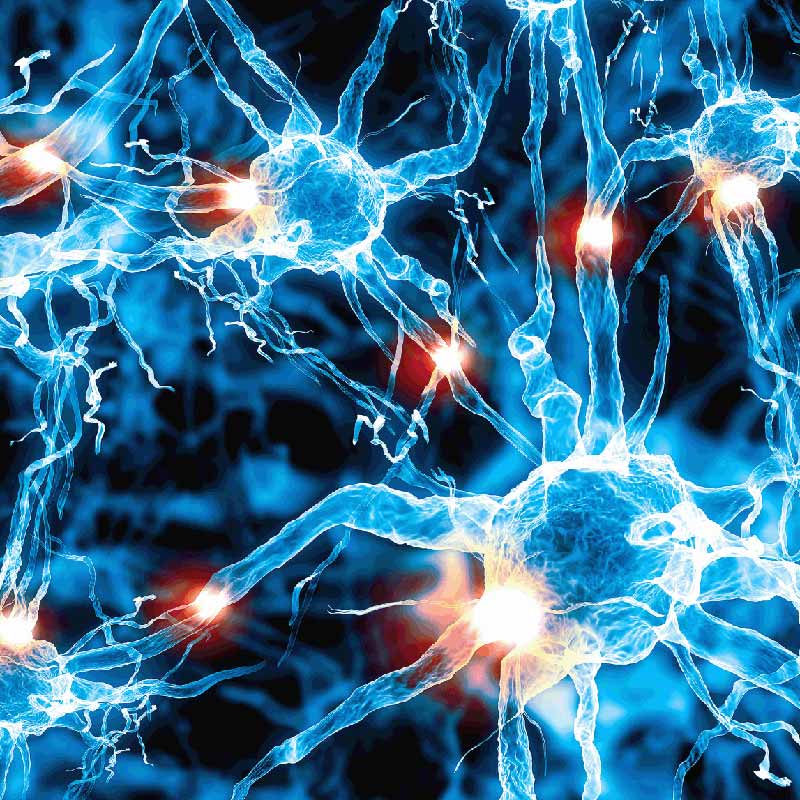Follow along with the NCCPA™ PANCE Renal System Content Blueprint
- 21 PANCE Renal System Content Blueprint Lessons
- GU and Renal Exam
- Renal System Pearls Flashcards
- Picmonic™ Integrated Blueprint lessons
- Content Blueprint high-yield summary tables
- ReelDx integrated PANCE/PANRE video lessons
- PANCE NCCPA™ board review video lessons with Joe Gilboy covering acid/base and electrolyte disorder
- Full-length mock PANCE and PANRE Practice Exam





